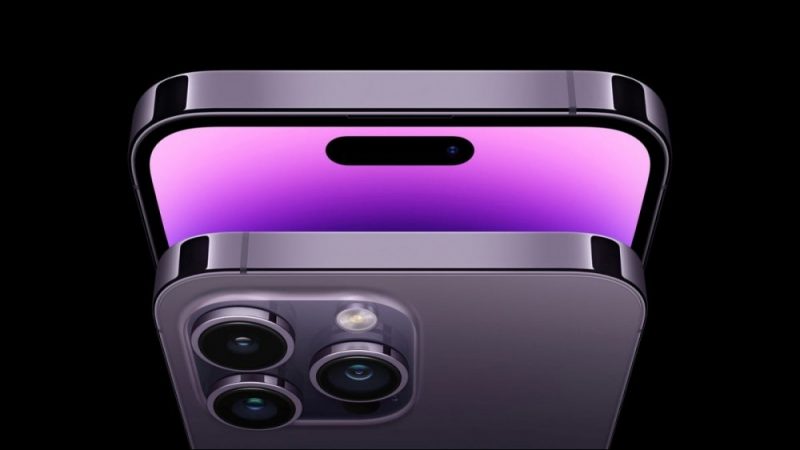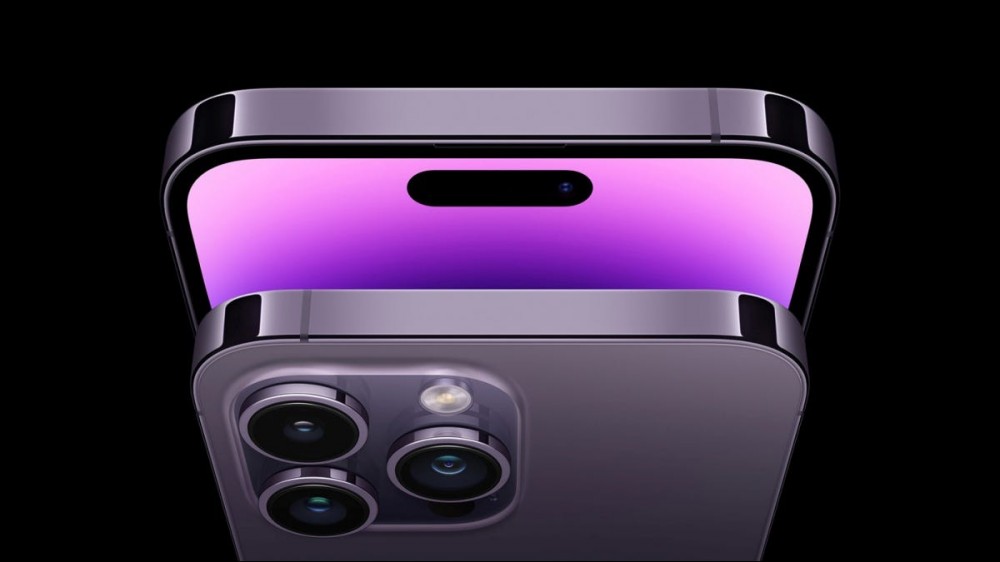What Is the iPhone 14’s Photonic Engine?


Apple debuted with the iPhone 14 an impressive-sounding new photography feature called Photonic Engine. Here’s what it does and how it’ll impact your iPhone experience.
Computational Photography
If you’re interested in smartphone photography, you’ve likely heard the term computational photography. It’s essentially the use of algorithms and software to aid in the capture of better photos through smartphones’ tiny cameras. This is how your iPhone can take fantastic pictures without being as big as a DSLR or mirrorless camera.
Apple’s Photonic Engine is a computational photography technique that revamps the iPhone’s image processing stack to enhance the photos taken in mid-to-low lighting conditions. It helps the iPhone deliver better color fidelity, more detail, and higher brightness in photos.
According to Apple, you can expect to see upwards of 2x more mid- to low-light performance in photos taken from the various iPhone cameras. However, the impact varies on depending on the specific camera. For example, Apple says the ultrawide camera on the iPhone 14 Pro and Pro Max will see up to 3x improvement. In contrast, the pictures are only 2x better on the iPhone 14 or 14 Plus’s ultrawide shooter.
How Does It Work?

Apple says Photonic Engine dramatically improves the quality of photos taken from all iPhone cameras by employing its Deep Fusion technology earlier in the imaging process than previous generation iPhones and on uncompressed photos. Deep Fusion is also a computational photography technique that Apple introduced in iOS 13.2 for the iPhone 11 series. It has since appeared on all newer iPhones, except the second-gen iPhone SE.
Deep Fusion uses nine photos taken with different exposure levels and combines them to produce one best-possible photo. During the processing, the technology goes through pixel-by-pixel for all millions of pixels to select the best elements from each of the nine photos to use in the final photo. This helps iPhone reduce noise and improve detail.
Now by triggering the Deep Fusion goodness earlier in the image capture pipeline, Apple claims it can preserve subtle textures, provide better color, and maintain even more detail. So you are essentially getting everything that Deep Fusion enabled on previous generation iPhones and more.
Which iPhones Have Photonic Engine?

Photonic Engine is only available on the iPhone 14 series, which includes the iPhone 14, iPhone 14 Plus, iPhone 14 Pro, and the iPhone 14 Pro Max. It will likely be available on future iPhone models in its current or upgraded form, but unfortunately, it’s not compatible with older iPhones. The reason for this is likely the iPhone 14 series’ change in camera hardware from that of the iPhone 13 series. There are some holdovers, like the iPhone 14 using the same primary shooter as the iPhone 13 Pro, but there are quite a few upgrades elseware.

Apple iPhone 14 128GB
A snappy processor, fantastic cameras, and an improved battery make the iPhone 14 a solid option for most people.
How to Use Photonic Engine
Unlike Night Mode and similar features that you can enable or disable with a toggle on your iPhone, Photonic Engine works in the background and is automatically employed by the iPhone when it thinks there is a need. That means you can’t manually enable or disable Photonic Engine on your phone. But if you are capturing a photo in a not-so-brightly lit environment that isn’t dark enough for the Night Mode, Photonic Engine is very likely working to improve your photo.
RELATED: Here’s How Apple Is Making the iPhone’s Notch Less Annoying
Do You Still Get Night Mode and Smart HDR?
Photonic Engine doesn’t replace Night Mode or Smart HDR on the iPhone. You can still manually enable these two computational photography features or let the iPhone automatically trigger them when it detects a low-light or brightly-lit environment. Your iPhone will automatically judge the brightness of an environment and then use Photonic Engine, Night Mode, or Smart HDR.
Improving Low-Light Photography
Capturing great photos in dim lighting conditions is challenging, particularly for smartphone cameras. So it’s nice to see Apple continuously innovate to improve photos taken from iPhones, particularly in not-so-ideal lighting conditions.
Photonic Engine is only one of the many exciting features debuting with the iPhone 14 lineup; check out our guide on what’s new in the iPhone 14 series for more. You’ll also find our best iPhones roundup helpful if you plan to upgrade.







